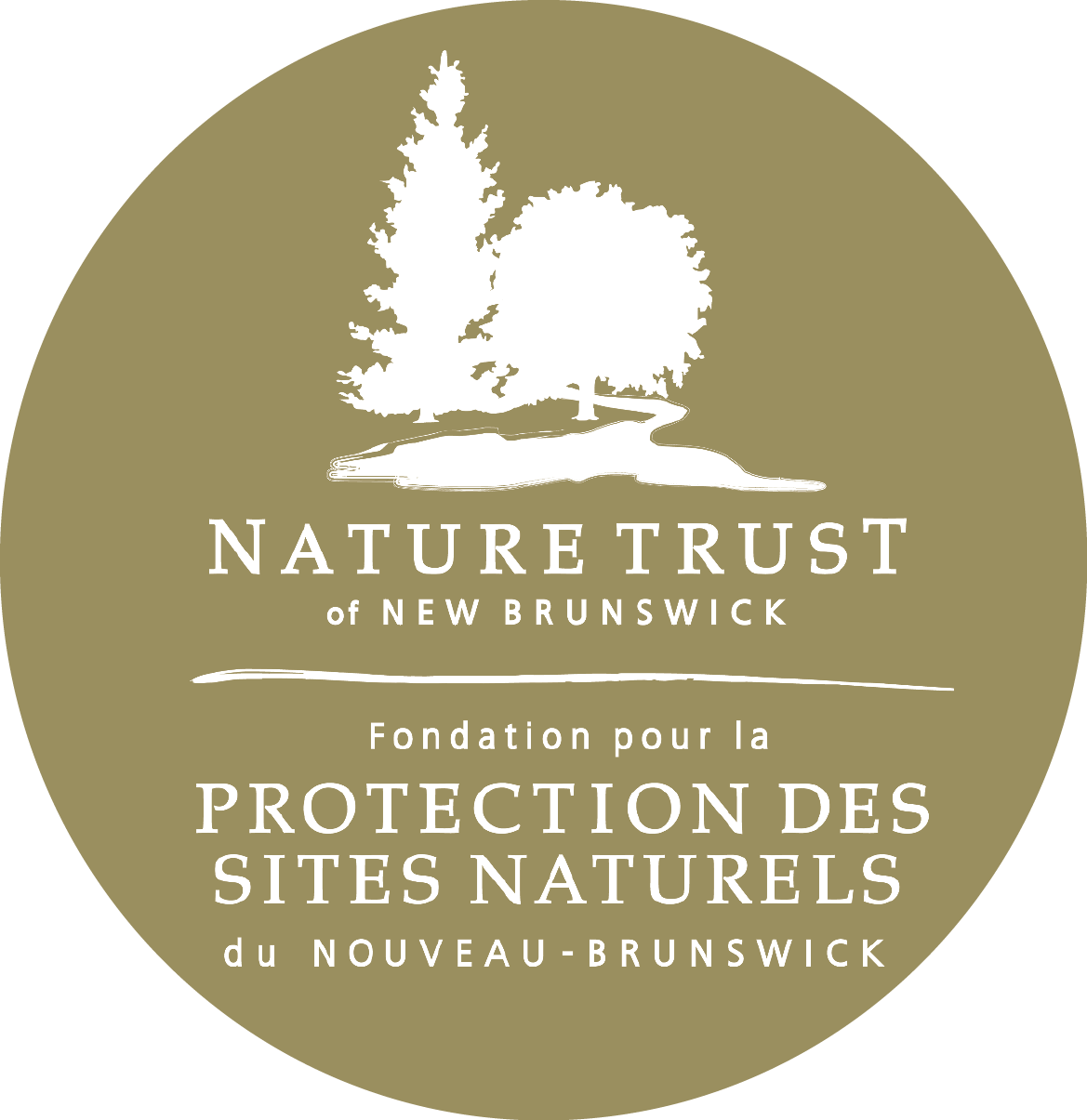Protecting New Brunswick Wood Turtles
PROTECTING WOOD TURTLES
WRITTEN BY: CARLI LEROUX, CONSERVED LAND COORDINATOR
Walking along a stream with the spring morning just warming up, birds clearing their throats and the gurgle of the stream are the only sounds to be heard. I see a slight rustle on the sand and there it is, a wood turtle! The slight bit of orange on the inside of the legs, giving it away. In no time, it scuttled off at a speed you wouldn't think a turtle could muster; quickly dipping into the stream and it was gone. From this first memory of a wood turtle, I noticed something very striking: turtles do not like to be disturbed. Many people see wood turtles and some even see them on their own land, but they often do not know that these turtles are a threatened species. It's hard to believe that something you see in your backyard can be threatened.
Some people over time recognize specific turtles, feeling connected to them and even naming them. But they know that the best thing to do when you see these unique creatures, is to leave them alone. Wood turtles are fragile as hatchlings and very few of them survive to become adults. From the moment of digging themselves out of their nests they are exposed to natural and other threats. As adults, their size and shells give them more protection, but it cannot always save them.
Some of the major threats adult turtles have to deal with are related to road kill or injury; development of their habitat; farming in the floodplain they use for cover and food; or something as simple as bringing one home to show your kids. These threats are difficult to deal with since it’s not only about the natural habitat, but more about the habitat they share with humans.
The Nature Trust’s multi-year wood turtle project aims to protect wood turtles through education and public engagement. By tapping into local knowledge on wood turtle the Nature Trust is involving communities in helping with the recovery of this species on private land providing input on local turtle populations, what the specific threats in their communities are, and how these can be overcome to increase the turtles’ chances of long term survival. Some of these efforts involve not bringing attention to them as a species, but instead promoting the concept of leaving all wildlife alone and trying not to disturb wildlife in their environment.
Using information from the communities, help from scientists and experts, the Nature Trust is developing guidelines for landowners to manage their land in a wood turtle friendly way. In the next few years these guidelines will be used to reach out to more communities and landowners with wood turtle habitat.
The Nature Trust will work with landowners to help protect and manage the habitat wood turtles need to thrive. Using these guidelines, the Nature Trust wants to give wood turtles as much protection as they can by helping landowners take care of turtle habitat on their land. Making small changes to the way we do things can keep unique species like wood turtles in our streams, our backyards and our children's memories.
To learn more about this project, and the conservation options available to protect species on your property, please contact Carli le Roux at (506) 457-2398 or carli.leroux@ntnb.org.


